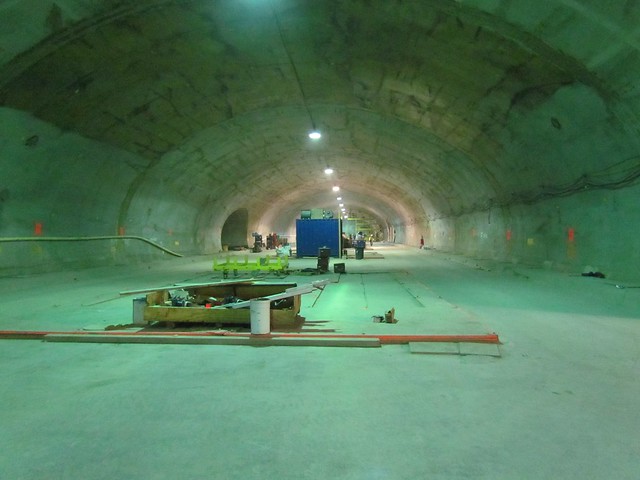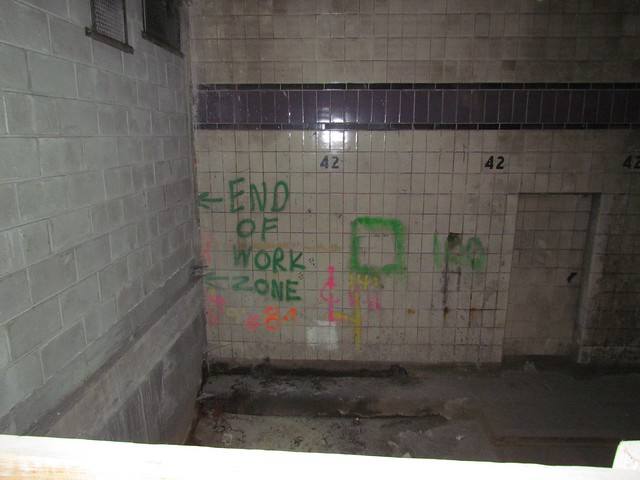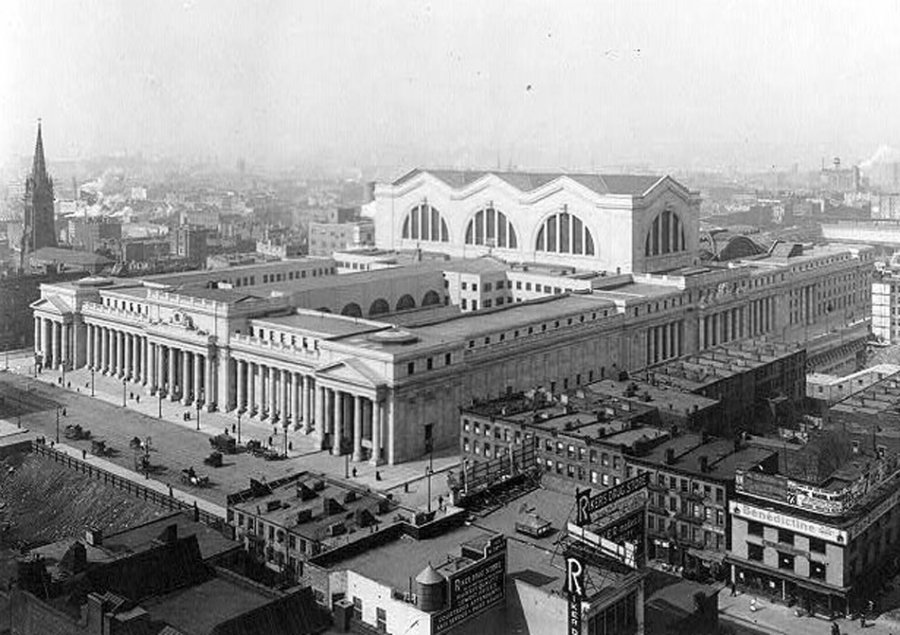
The chances of this Moynihan Station rendering becoming a reality are slim.
The Moynihan Station project won’t die and can’t really move forward either. Despite a TIGER grant and a groundbreaking in October 2010, the plan to spend more than a $1 billion without truly increasing cross-Hudson train capacity has hit a stumbling block. As The Wall Street Journal reports today, due to escalating costs, the already-modest Phase 1 is being further scaled back.
Phase 1 of the two-phase project was not a particularly ambitious set of improvements. For $267 million, the Port Authority, now the overseers of the site, had planned to build two new entrances to Penn Station from west of Eighth Ave.; double the length and width of the West End Concourse; drop 13 new access points to the platforms; double the width of the 33rd St. Connector between Penn Station and the West End Concourse; and make other critical infrastructure improvements. Now that bids are in on the work and every single one came in above budget, the PA is reducing the scope of Phase 1.
Ted Mann has the story:
State and federal officials wary about mounting costs plan to scale back the first segment of work for the future Moynihan Station, the latest setback for an ambitious project almost two decades in the making. Plans to revamp a concourse and upgrade passenger amenities in a portion of Penn Station were narrowed after officials determined that bids for the estimated $267 million project came in too high, said Patrick Foye, executive director of the Port Authority of New York and New Jersey, which is assuming control of the long-delayed venture…
“The response of the federal government, state government, MTA and Port Authority to the higher-than-expected bids is a unified approach to reduce the scope of phase one and thereby reduce the amount to be spent,” Mr. Foye said in an interview on Friday. “Phase one is funded and all government parties are working closely together to move phase one forward.”
…Mr. Foye said officials agreed to rebid the contract, focusing on the expansion of the existing West End Concourse, nestled beneath the main steps of the Farley building. Other elements of the first phase, including improvements to the 33rd Street corridor under Eighth Avenue, two new entrances to the station across Eighth Avenue and a new passenger waiting area, will follow once costs can be lowered, Mr. Foye said.
As I’ve long maintained, the Moynihan Station project borders on being a total waste. It’s a fancy way to fund some upgrades for the Amtrak platforms and ventilation infrastructure. It doesn’t offer up more track capacity into or out of the city, and it seems to represent spending on a structure that would allow politicians to point to something nice but not entirely functional. If these cost overruns and rejiggered project allow planners to take a second look at Moynihan Station, so much the better.









 (42nd Street Shuttle)
(42nd Street Shuttle)
